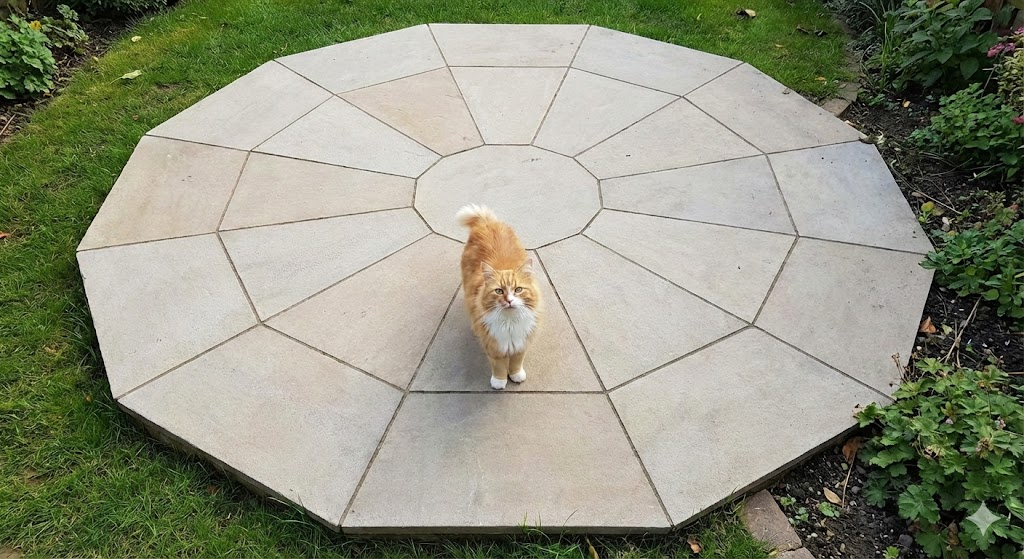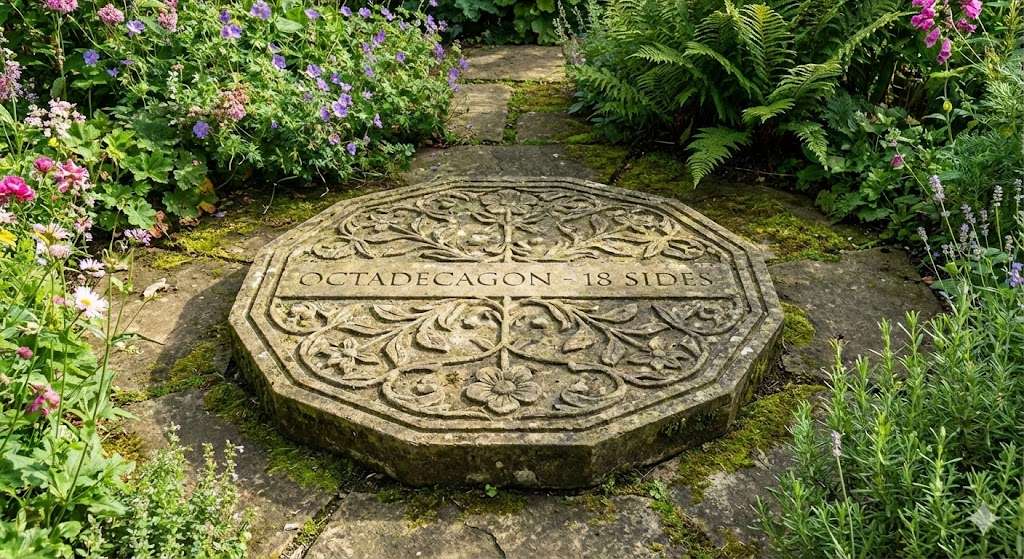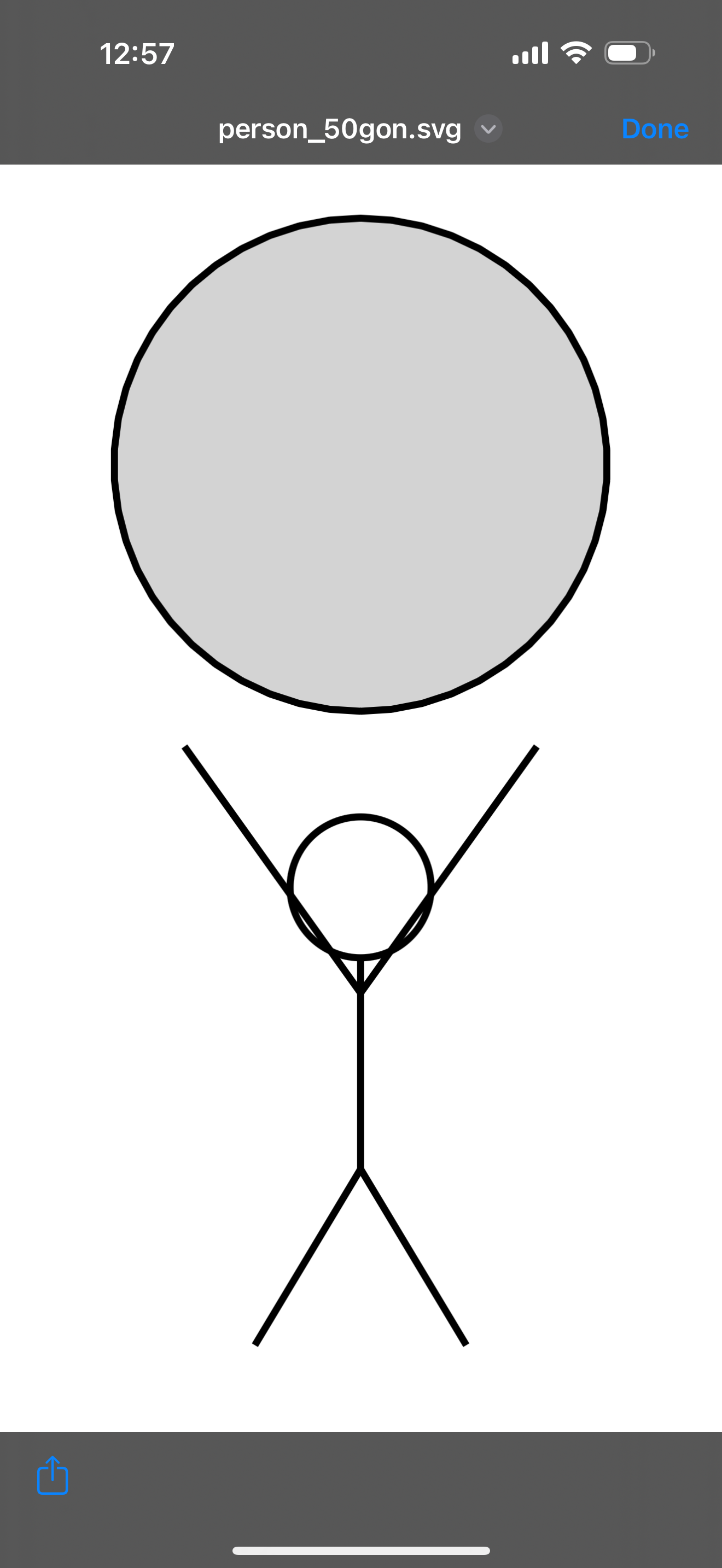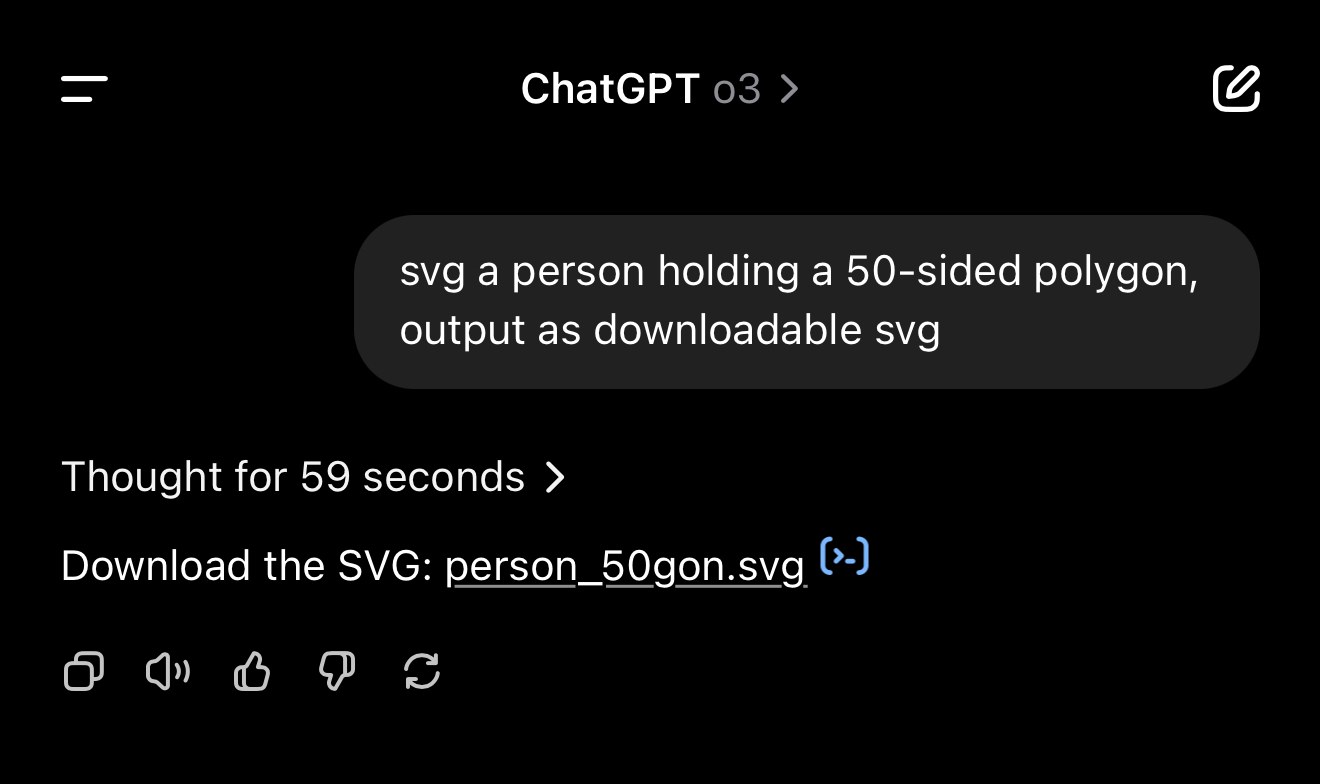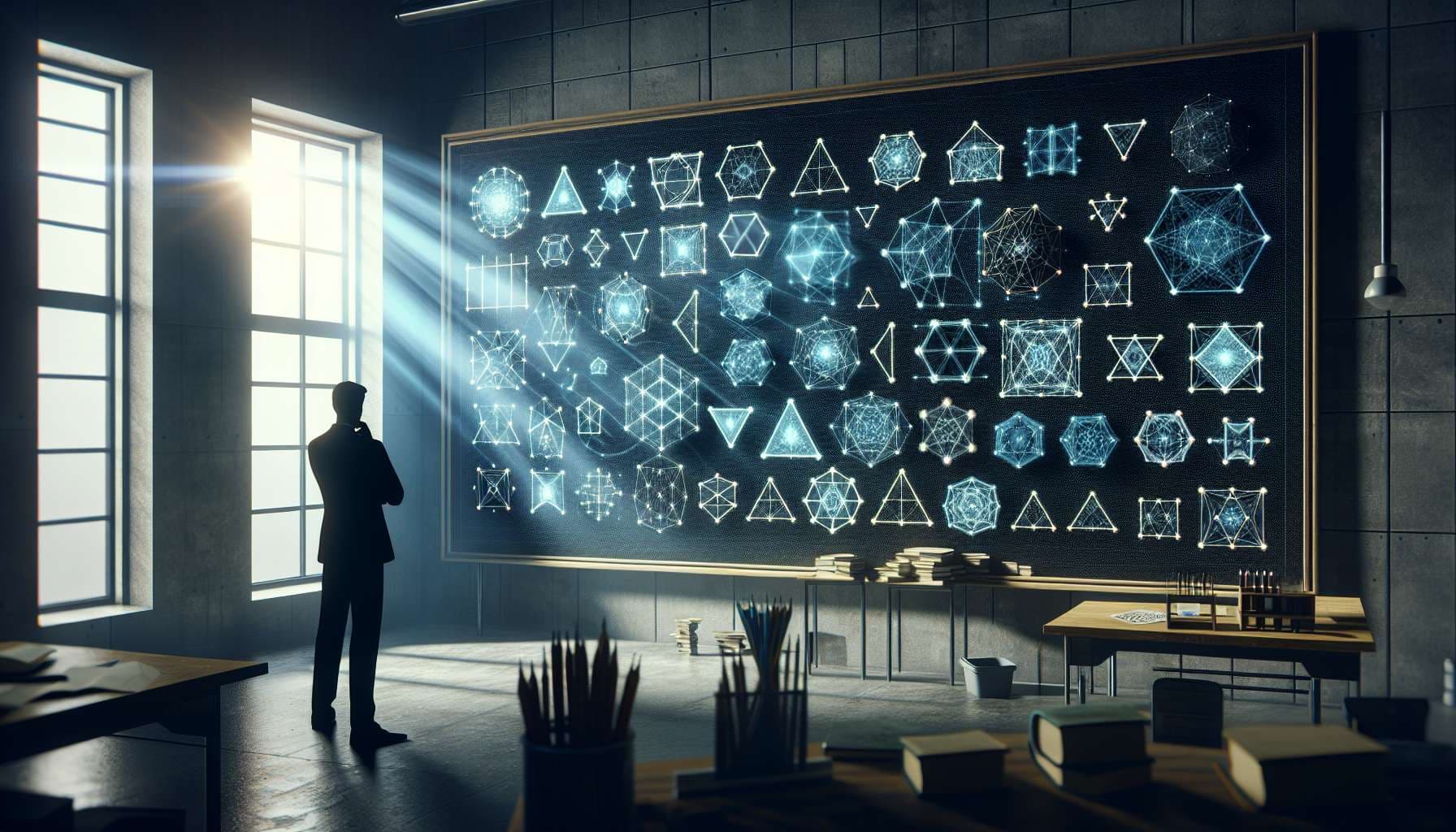
In order to resolve YES, someone (could be myself) must provide an image model and one or two prompts to test it with.
The image model is any program capable of generating arbitrary images. It can use any method to do so, but it must be general. An LLM that writes code to draw simple geometric shapes does not qualify.
If there's any question over whether a program should qualify, I'll require that it's able to generate the polygons with some other quality that current image models can already do. Maybe it has to be in a specific style, or a person is holding the polygon, or whatever. The submitter can choose anything that's sufficient to prove this is a general image-generation program.
If the input is fed through an LLM or some other system before going into the image model, this pre-processing will be avoided if I can easily do so, and otherwise it will not.
For side numbers 2-8, I will use the shape names from triangle to octagon. For side numbers >8, I will enter a number of sides, either using digits or with spelled out numbers, submitter's choice. I'll test all numbers from 9-20, and 5 random numbers from 21-50, and up to 10 numbers submitted by anyone else. (If more than 10 numbers are submitted, I'll award votes to anyone who holds NO shares in proportion to their number of shares, and use the top 10.)
The prompt can be anything, but it must be consistent. The same string of text except for changing the descriptor of the shape I want. (One prompt for 3-8 and a different prompt for >8 is fine.)
For each attempt, at least 50% of the generated images must be unambiguously the specified shape. It's ok if there's other stuff in the picture, the polygon is pictured at an angle, or there are other distractions. But if there's any reasonable debate over whether the specified regular polygon is actually in the image somewhere, it doesn't count. If the resolution is too low for me to tell, I will assume it's not the correct shape. A small bit of it being offscreen or hidden behind another object is ok, but not if it's enough that it seems like it's hiding its inability to draw it correctly.
If any attempt fails, the entire test fails. It must pass for every side number I test.
If it refuses to generate a specific polygon, perhaps because it thinks a 666-sided polygon would be offensive, that will be ignored, since if it can generate 665 and 667 sided ones, it presumably is perfectly able to generate a 666 sided one, it just doesn't want to. In such a case where it refuses a number, I'll test both adjacent numbers instead, and I won't allow refusals for anything <9.
Update 2025-05-06 (PST) (AI summary of creator comment): Regarding the provision for testing 'up to 10 numbers submitted by anyone else':
This set of up to 10 test cases will now be adversarially chosen examples (interpreted as numbers of sides for polygons) that can be submitted for testing.
Update 2025-11-23 (PST) (AI summary of creator comment): Models that generate images using code (rather than an image generation model) do not qualify. If a model appears to be using code generation to create geometric shapes, the creator will require testing with more complex prompts that force the use of the actual image model rather than code-based generation.
People are also trading
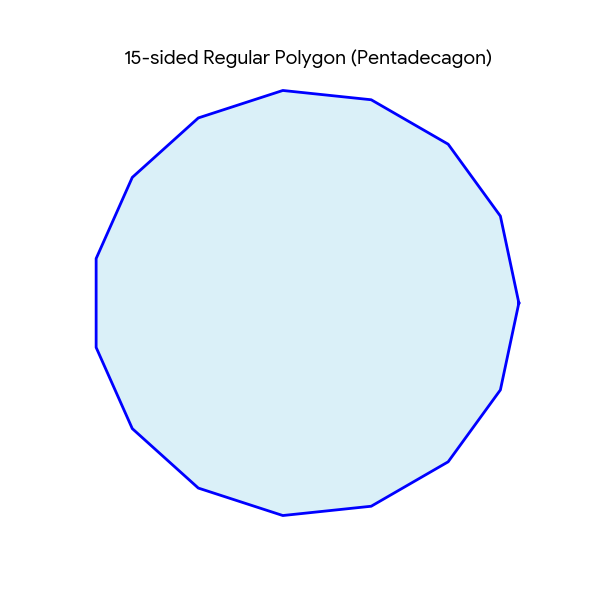
ok i'm pretty impressed it could do 15 (nano banana pro) (edit this was not nano banana pro it was some python generated mathplotlib according to the reasoning trace)
@Bayesian I tried 17-gons, and it wasn’t working. So yes, I had held out hope for nano banana pro but it’s not going to meet the strict criteria of for resolution
@Bayesian I believe if you look at the thought trace, graphics like that are being generated with code, so I expect it will get any number of sides correct. You have to ask for more details in order to get it to switch to the image model.
@MugaSofer I think if you read the context around that sentence, it might count. I'm not sure, author should answer!
@jack The person isn't sufficiently detailed compared to what 2023 "image models can already do", as I read the description.
I agree that a stick figure holding a polygon is not a "simple geometric shape".
@MartinRandall I think the confusion is that code-generated geometry is general, it's just currently kinda terrible.
GPT-4 has always been able to generate stick figures via code, AFAIK. Obviously this was not intended to count - but it's still technically sufficient to pass one of the example tests! The other example, "it has to be in a specific style", is harder but very subjective. Current chat models can make a weak stab at it:
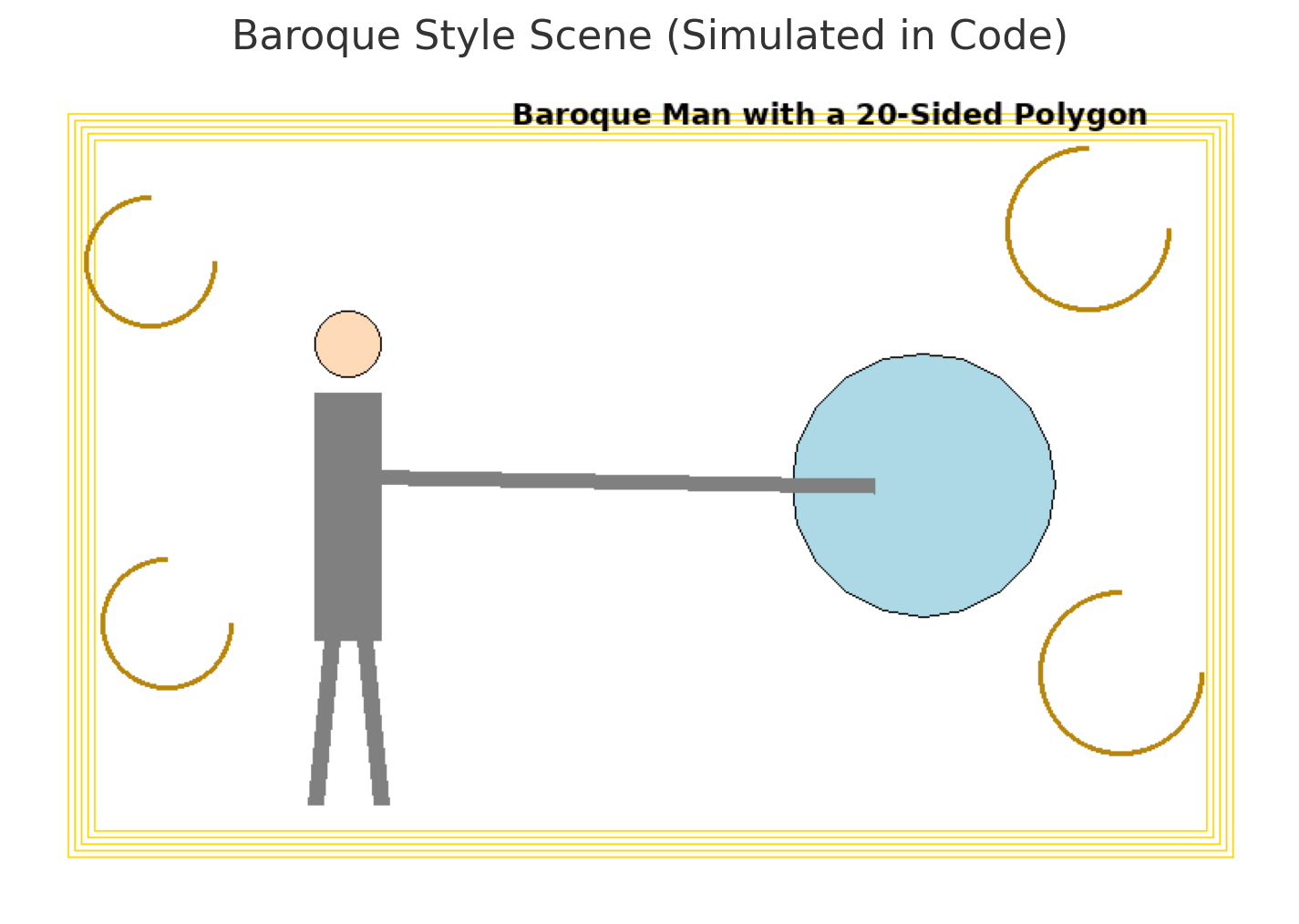
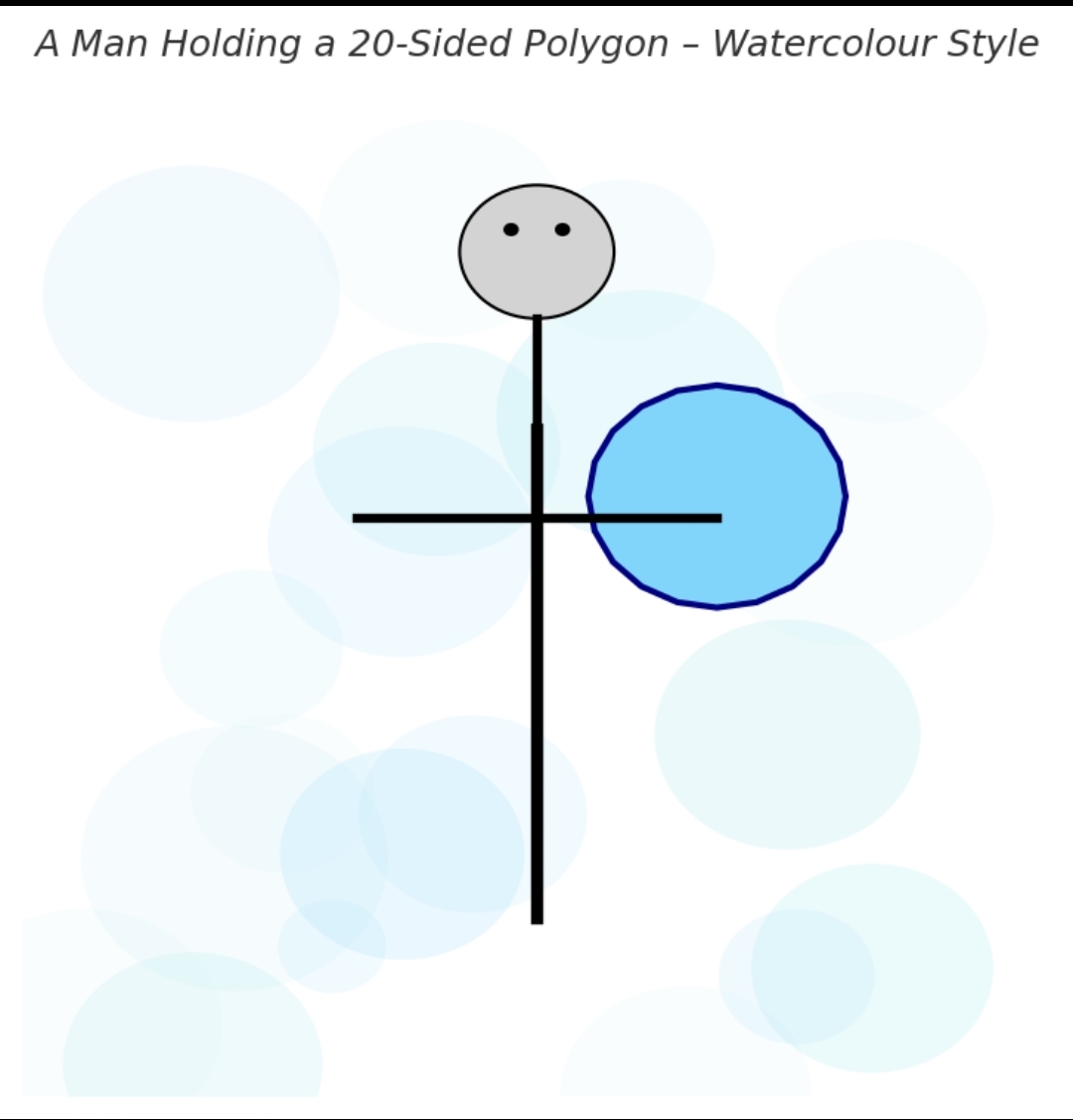
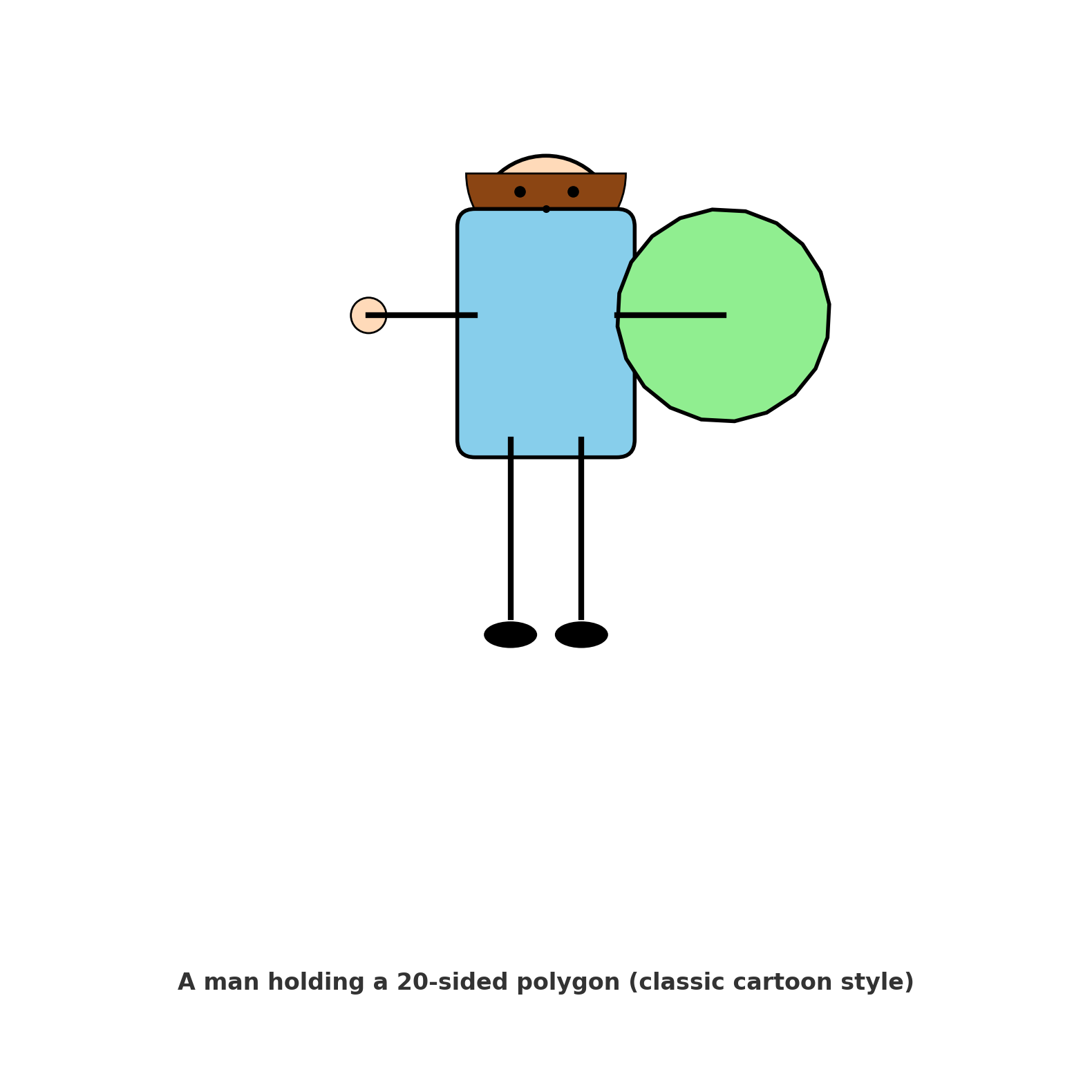
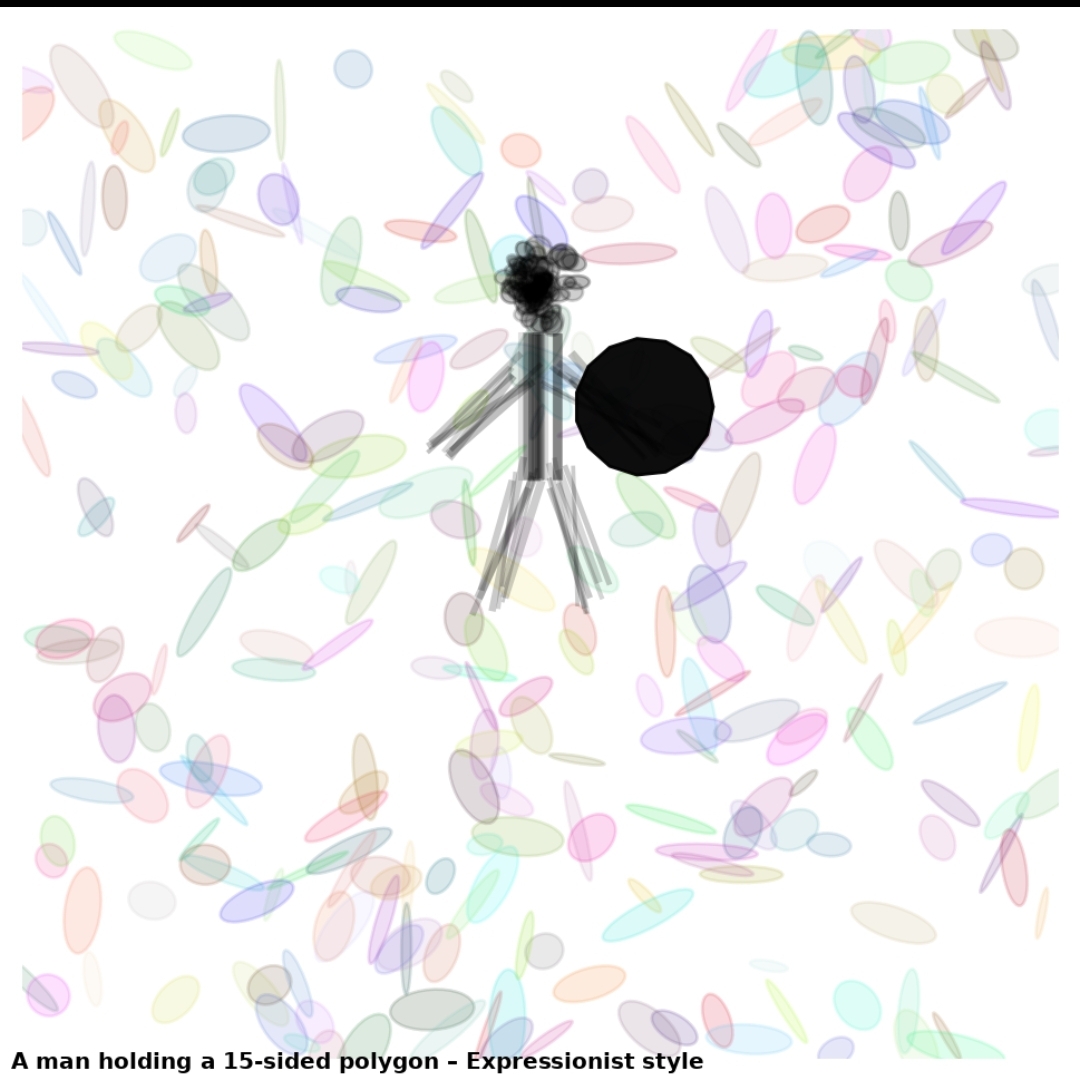
Now, this is not remotely on the same level as "current image models" c December 2024, so I think it's still ruled out by the current description. But I guess the distinction could become blurrier. You could probably get a lot better than these just using careful prompting, maybe an agent framework taking visual feedback and refining it.
@MugaSofer minor correction: December 2023 was the market creation date.
A third modality would be generating images based on jpg-like wavelets (I think current image discussion is based on pixels, maybe I'm wrong on that). In a sense it's just lots of different tools for "drawing" on "paper" and they could be combined. But not yet.
This was a somewhat amusing lark (in a very geeky way):
https://chatgpt.com/share/681afd4c-94a4-8007-ac99-598283c9fc49
OpenAI's chatbot can render perfect n-sided polygons when asked. As it'll explain when asked, it's using matplotlib to do so.
It can also use generative AI to make ... whatever. But as we've all seen, that's not an approach that's well suited for accurately generating polygons.
So... I talked it through composing a polygon render together with a cat cartoon it generated. Because we needed the final image to remain precise, we did the image composition via matplotlib (using a 2D affine transformation to skew the polygon to match perspective).
The end results are a little janky, in part because I provided the image coordinates that we were composing into, and I didn't get them very accurate).
@IsaacKing you've significantly changed the resolution criteria again. I'm never betting on one of your markets again, that's for sure.
@mods Take a look at the history and compare where this question started and where it is now. Is this kind of goalposting shifting really acceptable on Manifold? In particular, I think the new requirement that the polygon be embedded in a more general-purpose image is a significant departure from where the question was just a few revisions ago, and is very far from the original market.
@DanHomerick I'm not speaking in an official capacity here, but I think a particularly big issue is that the markets with ambiguous criteria and frequently changing unambiguous criteria attract the most traders because people see them and—often quite rationally—think the market is mispriced and correct it or take out large limit orders. So the worst markets end up being the most liquid and therefore most visible and most attractive, in a vicious feedback loop.
My reading of the comments and discussion feels like it's making a good faith effort to try to improve the criteria to clarify questions.
I think if I had a note, it would just be that I prefer making clarifications that an author isn't sure of while the market is closed and having time to discuss them
@DanHomerick I think the current text makes it more likely to resolve YES because it states that any program that can generate images with polygons and (eg) people qualifies. That includes a program that uses generated code to get the 49-sided shape pixel perfect in combination with generated images of people at 2024 levels of fidelity.
@DanHomerick What, exactly, has changed to your detriment? I believe I have precisely why I made every change I did and why it shouldn't affect any rational bettor's credence to a significant degree, and ensured that all the NO bettors who raised concerns about the change had their concerns addressed. You can see the discussion about this below.
@IsaacKing I think there is tension between 'improving' the question (to answer what was in your head, in a practical way) and improving the market (where traders are/should be pricing all these uncertainties around resolution in).
I'll be honest, I don't even know what the precise question we're answering is anymore. I'm not upset, it's internet points after all, but I can see why other folk might be
¯\_(ツ)_/¯
